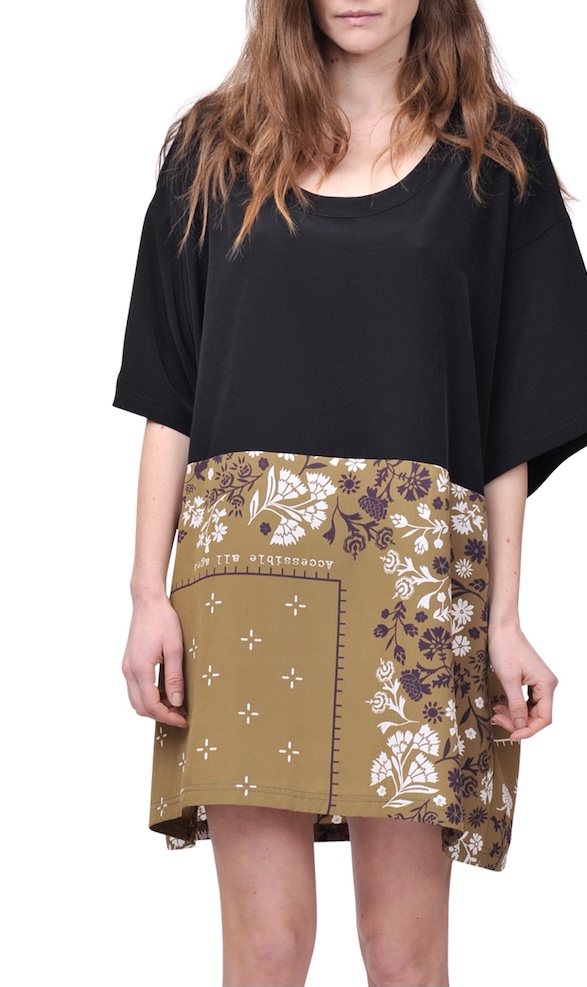Mass production or “mess” production?
Quality VS Quantity
Mass production is an ongoing global phenomenon. Fast-Fashion, is no doubt, all about mass-production as you think.
Yet, even in the luxury world, high brands nowadays are attempting to produce more than ever to reach a broader range of consumers. Why? Because this is how they maximize profit. Speed and cost are everything they now prioritize. Indeed it’s a matter of speed and greed.
Where do we find artisanal values?
Charles Frederic Worth, an English fashion designer in the early 20th century, is today known as the father of Haute Couture.
His dresses required some fifteen yards of fabric and could take three to four hundred hours to embroider. For one client, the dress even needed a team of thirty seamstresses working full time because everything was entirely made by hand.
Yes, the handmade takes time, but do we still find or do the luxury brands still even care about such craftsman values?
Where are the values which we used to appreciate in the past?
Mass or “mess” production?
Luxury brands are now mass-producing their products to market mass consumers. Targeting a larger audience means bigger profits, they believe. However, their mass production has undervalued the noble past of fashion and diminished the true aesthetic.
They care only about profit, no longer the values.
It is such a “mess production” – in fact.
Resizing and reducing, not maximising
By having in mind the idea of Couture as a meaningful business model, brands should produce less and target a smaller audience. Therefore, selecting the right individuals who are capable of appreciating these values.
A rigid selection is what the brands need to do. They need to select whom to create rather than create for everyone.
“Less” is such a big keyword for luxury brands today, but there is something that should be “more”.
Time. More time for quality.
Because quality takes a lot of effort, patience and creativity. And so more time is a must.
Yet, that is the only way the true values of fashion can be revived.
*
A piece written by Kotono Sakai, a Japanese girl studying history and fashion at Cattolica University in Milan and interning for suite123
Mass production or “mess” production? Read More »

